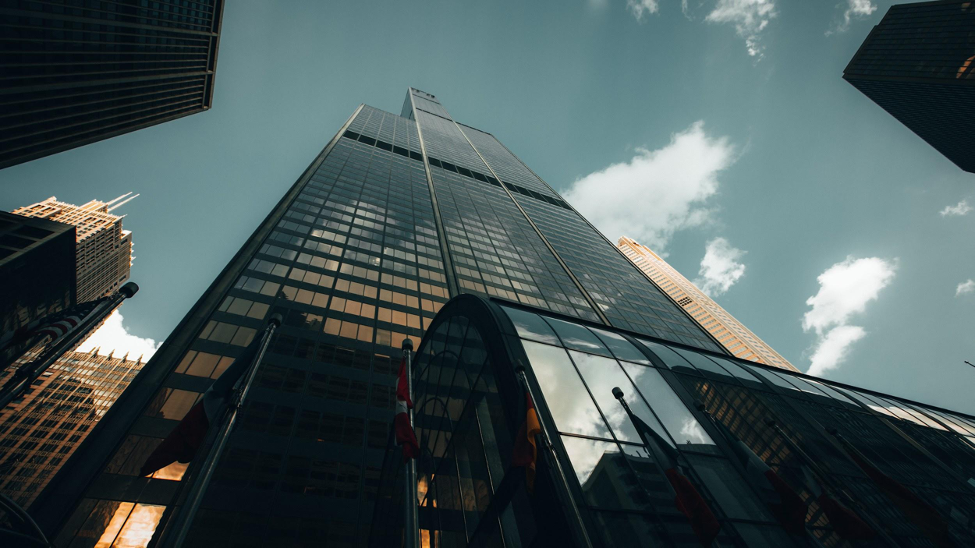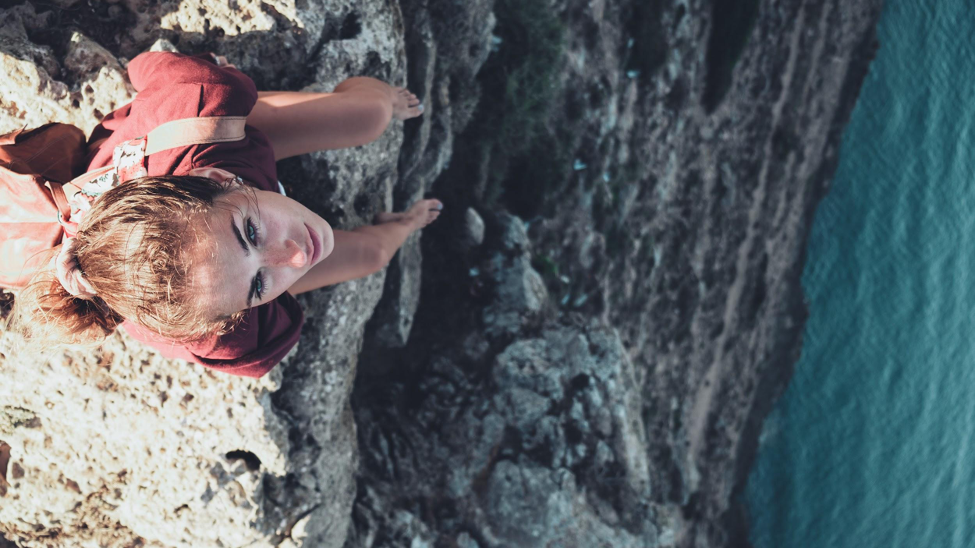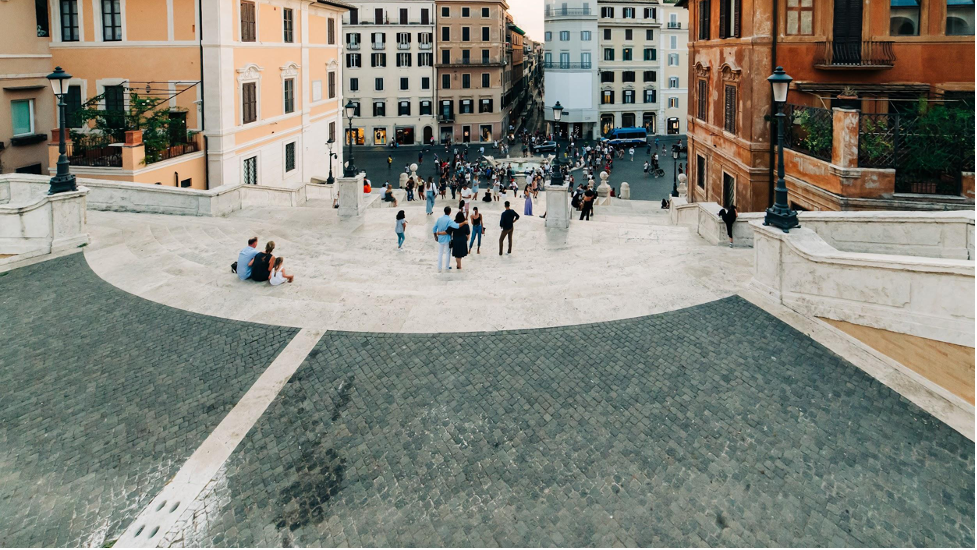“There’s no magic to photography. It’s all about angles and lighting.”
As a professional photographer or a prospective one, you must have heard the above statement a thousand times, and you might have figured that it’s a false proposition.
You’re right! There’s more to photography than angles and lighting. However, lighting and angles are essential elements of photography. A default in any of the two can ruin what could have been a perfect shot.
This article will cover the essentials of angles in photography only. Please tap on the highlighted text to view our analysis of how reflection and lighting work in photography.

What is an angle?
The perspective you take a camera shot from is an angle. The type of angle you choose will define your camera positioning and shot style.
Essentially, If you have the right angle, there’s a great chance your shot would come out perfect.
What are the types of angles?
While you can get creative with angles when taking a shoot, there are predefined angles associated with certain types of photography. We’ll look at three common kinds of angles.
Low Angle.

The low angle technique requires holding down your camera at a low level and turning it upward towards your subject.
It makes your subject appear bigger than they are.
Low angle is not a common trend in photography, but it’s certainly not a static technique, and you can always manipulate it to suit your creativity.
High Angle

You’re not wrong if you think a high angle is the direct opposite of a low-angle.
In positioning, a high angle takes the opposite perspective of a low angle shot. To get the high angle technique, you’d have to hold your camera above your subject’s eye line and turn it downward at them. This way, your subject would appear smaller, and you also bring into perspective your subject’s environment.
Both high and low angles usually depict dominance.
However, you can achieve more than just a display of dominance with the high angle technique. You can portray freedom, flight, fear, and much more.
Wide-angle

The wide-angle technique is your best bet if you want to achieve a spherical look.
Wide-angle is about camera positioning in terms of physical distance from your subject rather than how you tilt your camera.
It’s great for taking landscape, street, wildlife, and architecture photography. Your camera lens type and quality often determine how well a wide-angle shot comes out.
Do you want more information on photography? Of course, you do! Click here, and here to learn how to create an impressive photography portfolio. Follow ImageCoast for more amazing blogs like this! You know you want to.
